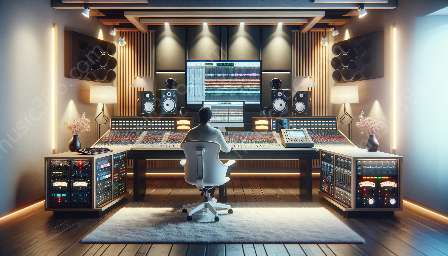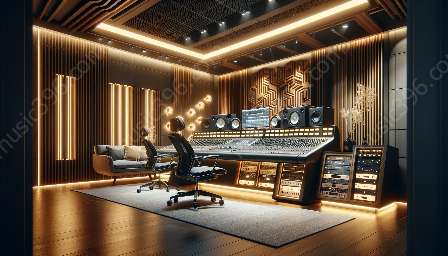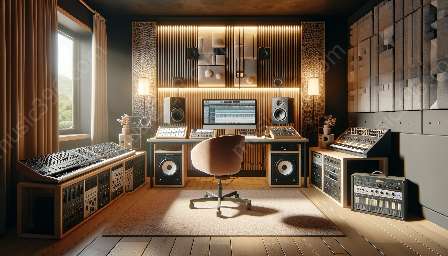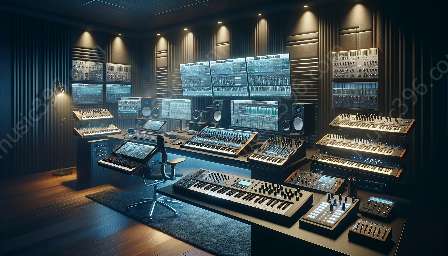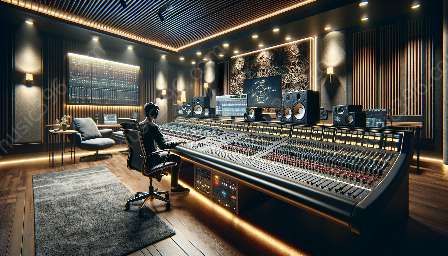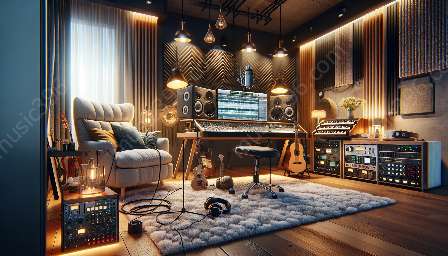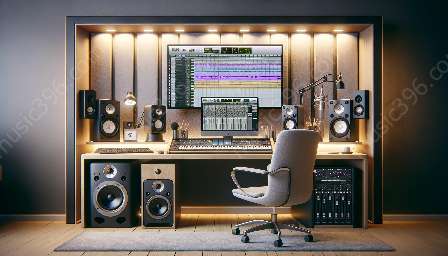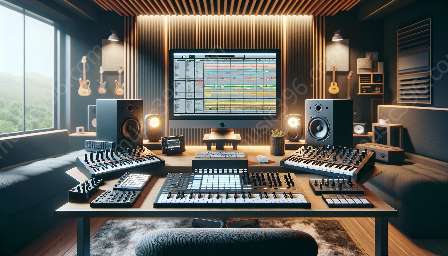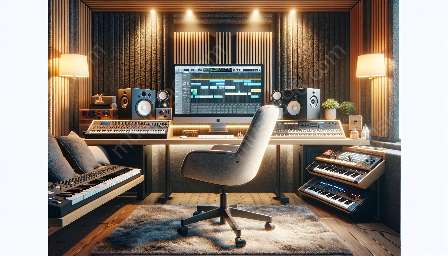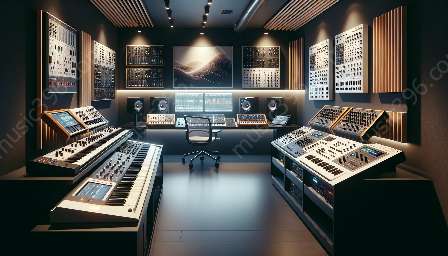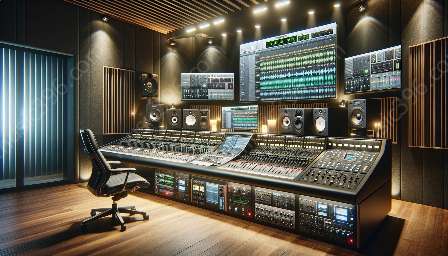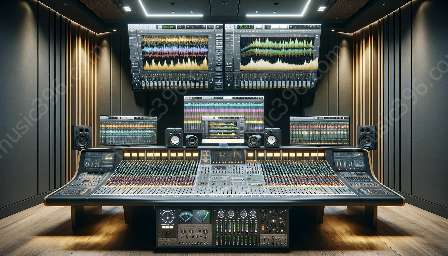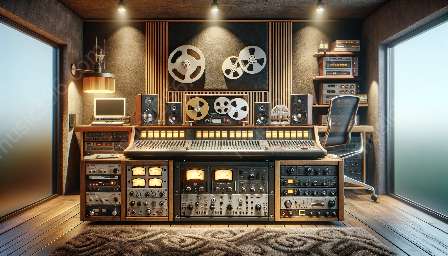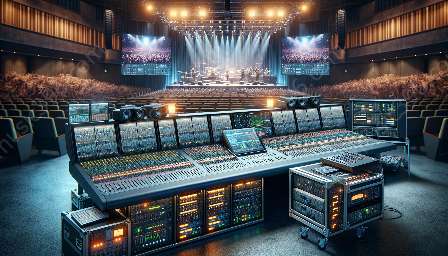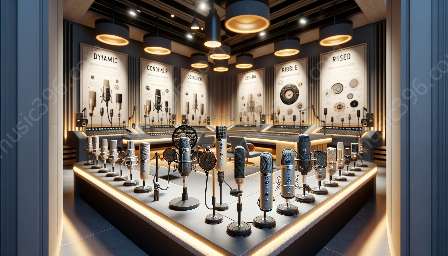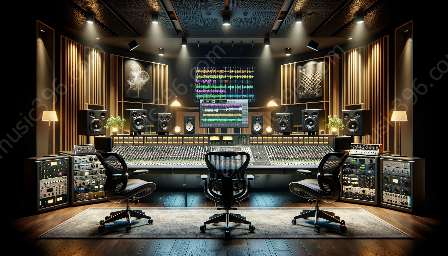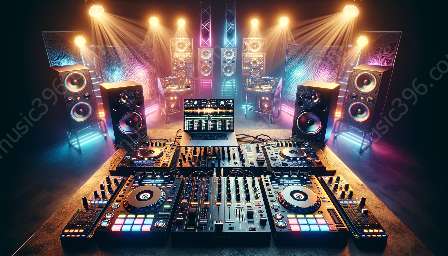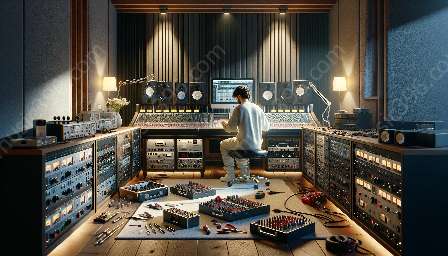Equalization, commonly referred to as EQ, is a fundamental tool in audio mixing and audio production. It plays a crucial role in shaping the tonal quality of individual tracks and the overall mix, allowing engineers to balance frequencies, enhance certain aspects of the sound, and create a polished, professional sound.
Understanding Audio Mixing
Audio mixing involves the process of combining and manipulating individual tracks to create a cohesive and balanced final product. It encompasses adjusting levels, panning, effects, and applying various tools, including equalization, to achieve the desired sonic result.
The Basics of Equalization
Equalization refers to the modification of the frequency response of a sound, allowing engineers to boost or cut specific frequency ranges. This can significantly impact the timbre, clarity, and overall perceived quality of the audio. EQ is typically applied to individual tracks, such as vocals, instruments, or drums, as well as to the entire mix during the mastering stage.
There are various types of equalizers, including parametric, graphic, and shelving EQs, each offering different controls and flexibility in shaping the sound. Additionally, modern digital audio workstations (DAWs) provide a wide range of EQ plugins with advanced features to precisely sculpt the audio spectrum.
Enhancing Tonal Balance
One of the primary functions of equalization is to improve the tonal balance within a mix. By adjusting the levels of specific frequency bands, engineers can ensure that each element of the mix has its own space in the frequency spectrum, avoiding muddiness, harshness, or other imbalances that can detract from the overall listening experience.
For example, EQ can be used to cut low frequencies from vocals to reduce rumble and muddiness, or to boost the high end to add air and presence. Similarly, instruments can be sculpted to ensure they complement each other, creating a cohesive and pleasing sonic palette.
Corrective Equalization
Equalization is also an invaluable tool for corrective purposes. It allows engineers to address issues such as harshness, boxiness, or nasal tonal characteristics in recorded audio. By pinpointing problematic frequencies and applying precise cuts or boosts, EQ can help alleviate these issues and improve the overall sound quality.
In audio production, corrective equalization is commonly used to refine the sound of individual tracks, bringing out the best sonic qualities while addressing any inherent flaws or recording imperfections.
Creative Sound Sculpting
Beyond its corrective functions, equalization offers a realm of creative possibilities. Audio engineers and producers can use EQ to impart a specific character or color to a sound, emphasizing certain frequencies to evoke a particular mood or sonic texture.
For instance, sculpting the midrange of a guitar track can add warmth and presence, while boosting the low end of a kick drum can enhance its impact and depth. Additionally, the use of EQ can contribute to the overall spatial imaging and depth of the mix, creating a sense of dimension and immersion for the listener.
Importance in Audio Production
Understanding the role of equalization is paramount for achieving professional and polished mixes in audio production. It empowers engineers to shape the sonic landscape, strike the right tonal balance, and address any sonic imperfections, ultimately contributing to the overall cohesiveness and impact of the final product.
Furthermore, mastering the art of equalization allows producers and mix engineers to develop a discerning ear and hone their ability to identify and manipulate the nuances of sound, leading to more refined and engaging audio experiences for listeners.
With its multifaceted functions, equalization stands as a cornerstone of audio mixing and production, enabling the creation of captivating, well-crafted sonic experiences across various genres and styles.
By comprehending the significance of equalization and mastering its application, audio professionals can elevate the quality and impact of their work, delivering compelling and immersive soundscapes to discerning audiences.


